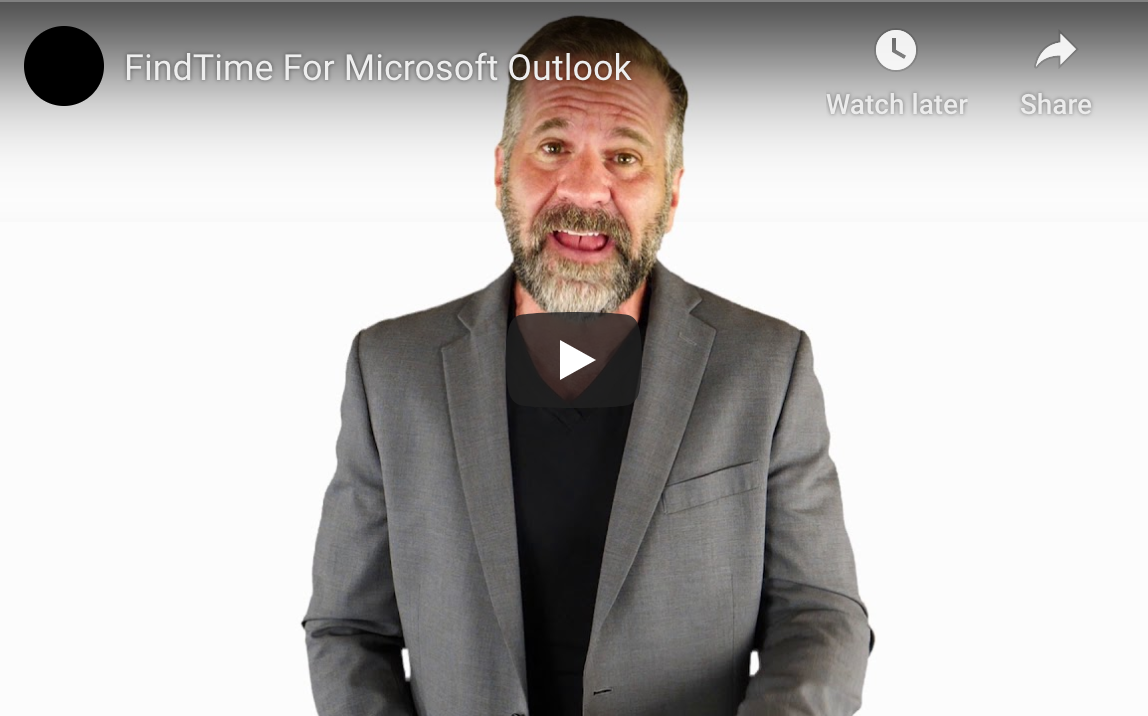Internal IT vs. Outsourcing IT: The Value of Outsourcing to an MSP
The question of whether to outsource or rely on an internal IT team is common. Services that were once considered ‘nice to have’ are now necessities. They include machine learning, artificial intelligence, and cloud computing. While they add a lot of value to your business, they can be difficult to manage if you don’t have a reliable team of IT experts.

Why Outsourcing To An MSP Make Sense
While having an in-house team presents unique benefits, the value of outsourcing is unrivaled. Some of the reasons why it may be a better choice include the following:
1. Optimized Uptime and Consistency
Having an in-house team is a good idea, but how do you deal with issues after their working hours? Your in-house team has specific working hours. They may need to be away from work because of sickness or personal emergencies. Even the slightest problem could cost you days or hours of work. Outsourcing takes care of that problem. You can enjoy consistent and comprehensive IT support. Your MSP can handle issues as soon as they occur. They are available 24/7 and don’t need to take breaks. Your provider offers regular maintenance to promote peak efficiency.
With cybersecurity, consistency is critical. You cannot afford to snooze. Most ransomware attacks happen outside regular working hours. If you rely on your internal team, you need to wait until the next business day to address them. MSPs, on the other hand, can keep your business safe while you are away.
2. Specialized IT Support
Your in-house IT experts may do their best, but they are unlikely to deliver the expertise you need to take advantage of modern technologies. As your business evolves, you may need to train them or hire a new team. However, the right MSP can cater to the needs of your business as it grows. With their help, your business can take advantage of the latest technologies.
3. A Variety of IT Skillsets for Your Company
Your MSP can provide you with a range of skillsets that are essential for successful network management. They may provide you with IT strategy and planning, cybersecurity, and cloud and mobile expertise. Finding members of an in-house team that have all of these skillsets is difficult, especially if you have a limited budget. The most realistic way to take advantage of all the competencies is by working with an MSP.
4. Maximizing Productivity
Outsourcing is a smart way to free up some time for your team. They can focus on the core purpose of your business while your MSP focuses on IT matters. Your MSP handles issues that your in-house employees would otherwise waste a lot of time trying to resolve.
5. Safeguarding Your Institutional Knowledge
If you choose to work with an in-house team, you may need to spend a lot of time and money training them. When they leave your company, they take all your institutional knowledge with them. The IT industry is competitive, and your former employees are likely to share what they learned from you with their new organizations. With an MSP, you don’t need to go through the trouble of hiring, training, and rehiring staff members. They are a long-term partner that gets you through all the stages of growth.
6. Saving Money
Working with an MSP may be cheaper than hiring an in-house team. It cuts out the cost of training and hiring employees. With MSPs, your business can have less downtime and improved productivity.
The benefits of outsourcing IT services outweigh the advantages of working with an in-house team. The most outstanding ones include safeguarding your institutional knowledge, improving your productivity, 24/7 support, and specialized IT support.









